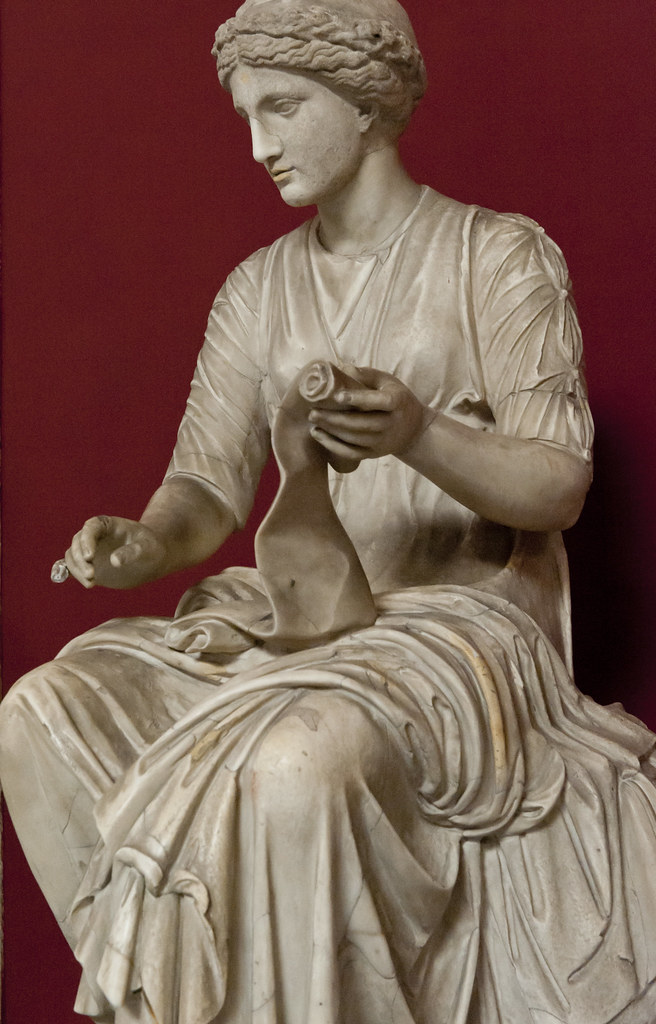

This probably refers to François de Rosières (1534-1607), who under the protection of the Cardinal of Guise, became the Archbishop of Toul. The most likely reconstruction of the inscription would seem to be '1632 Artemisia faciebat all'Illustre M/Smemorato F.Rosiers' (1632 Artemisia made this for the Illustrious M. r Duca di Ghisa in ricompensa d'un quadro mio, che gli presentò l'istesso mio fratello, gli diede per me 200 piastre.' (see Ward Bissell, 1999, op. He is recorded in a letter written by Artemisia in 1635 to her friend, the astronomer Galileo, paying for a picture from the artist, possibly the present work: '.et ultimamente il S. cit.), the Rosières family were prominent members of the household of Charles of Lorraine, 4th Duke of Guise (1572-1640), whom we know was also a patron of Artemisia. One might wonder what interest such a family would have for Artemisia Gentileschi, during her stay in Naples, but as noted by M. The Rosières family do not appear in Neapolitan sources, instead they were a French noble family, many of whose members served the Dukes in the duchy of Lorraine. This has been variously transcribed, but all commentators agree that it seems to be a dedication to a man called Rosiers. The reason why Artemisia should have adapted her composition to a clearly recognisable portrayal of Clio, the Muse of History, can be explained by the prominent inscription that can be found in the open book (see Fig.1). Cleaning has revealed a dark area above the left shoulder that makes little sense as excess drapery, but could well have been the preparation for a wing, while the left hand may once have held an olive branch. Given such iconography it is clear that Artemisia's picture depicts the Muse of History, but it is neverthless possible that the painting was initally conceived as a personification of Fame. Clio, on the other hand is garlanded with laurels and has a book. Fame, however, is also depicted with an olive branch in her left hand, a gold necklace bearing a heart pendant and wings. 142-3, 346) both Fame and Clio shared the trumpet as one of their attributes. According to Cesare Ripa (see Iconologia, Rome, 1603, pp. cit.), who recognised the subject as Clio, the Muse of History, and this identification has been accepted by subsequent scholars. 367).Īn alternative identification for this work, however, was first suggested by Ann Sutherland Harris (exhibition catalogue, Los Angeles, 1976, loc. cit.) and compared with a lost work, from the Royal Collection, depicting a similar figure and also identified as Fame (see Ward Bissell, 1999, op. She was formerly identified as a personification of Fame (see Fröhlich-Bume, loc. The statuesque young woman depicted, crowned with laurels and dressed in a greenish-blue mantle with richly-textured rust-coloured sleeves over a white chemise, stands with her right hand resting a trumpet on an open book, with her left hand placed on her hip, gazing into the distance. Painted in 1632, shortly after Artemisia Gentileschi arrived in Naples, Clio: the Muse of History is one of her most accomplished allegorical works. Mann, The Metropolitan Museum of Art, New York and elsewhere, 2000-1, pp. Cropper, 'Life on the Edge: Artemisia Gentileschi, Famous Women Painters' in the exhibition catalogue Orazio and Artemisia Gentileschi, eds. Ward Bissell, Artemisia Gentileschi and the Authority of Art, University Park, Pennsylvania, 1999, no. Papi, eds., Artemisia, exhibition catalogue, Casa Buonarroti, Florence, 1991, pp. Garrard, Artemesia Gentileschi: The Image of the Female Hero in Italian Baroque Art, Princeton, 1989, pp. Cassani, Museo di Capodimonte, Naples and elsewhere, Gregori, Civiltà del seicento a Napoli, exhibition catalogue, ed. Ward Bissell, 'Artemisia Gentileschi: A New Documented Chronology', Art Bulletin, L, 1968, p. 'Notable Works of Art now on the Market', The Burlington Magazine, XCVII, no. Fröhlich-Bume, 'A Rediscovered Picture by Artemisia Gentileschi', The Burlington Magazine, LXXVII, November 1940, pp.


 0 kommentar(er)
0 kommentar(er)
